You may be wondering ‘why do veneers need to be replaced’, as you are spending a significant sum on what are designed to be long lasting alternatives to natural teeth.
Well despite our work being outstanding quality, all dental work has a limited lifespan, regardless of whether you have had porcelain or composite veneers in the past. This is typically 10-20 years for ceramic/porcelain veneers and 5 years for composite.
How long this would be for you is dependent on how well you and your dentist look after the dental work. That means attending regular dental health visits and seeing your hygienist at the recommended intervals. Read more at our veneers in London page.
Here are some photos of our thrilled clients, confidently showing their new dental veneers done by us:
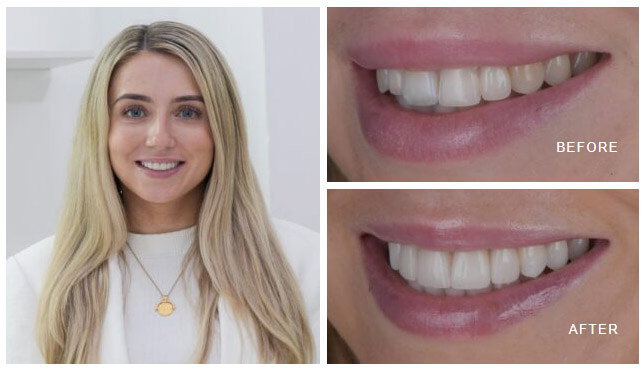
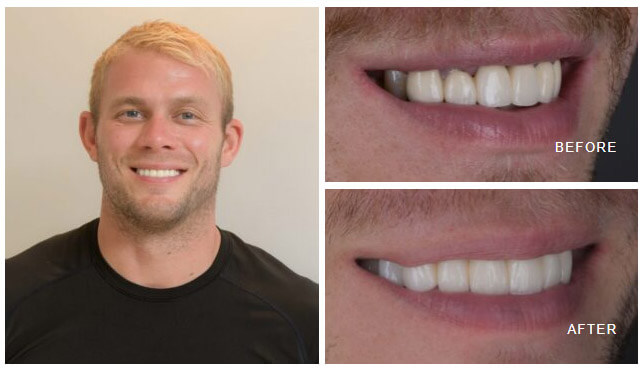
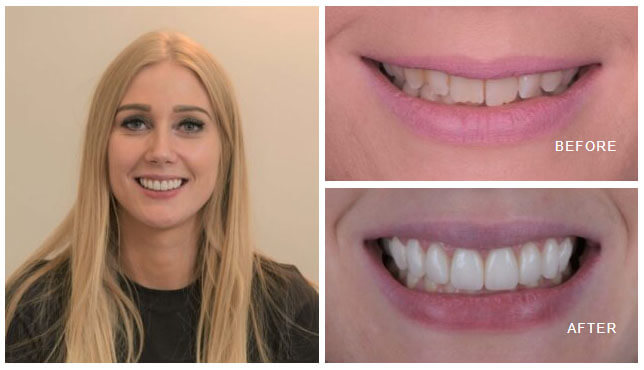
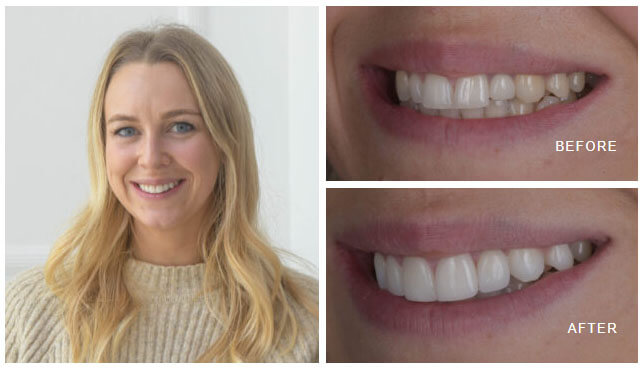
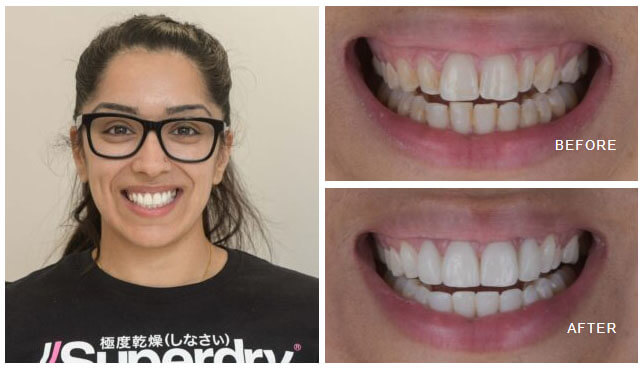
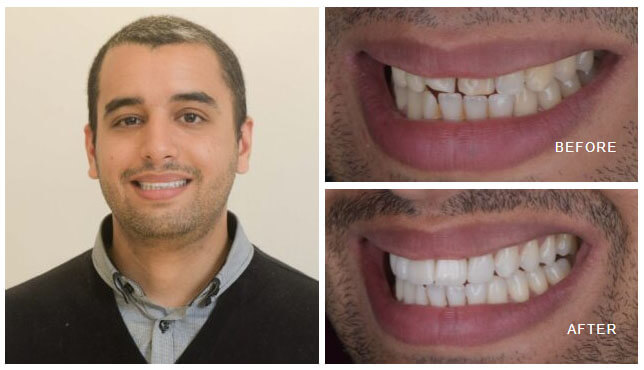
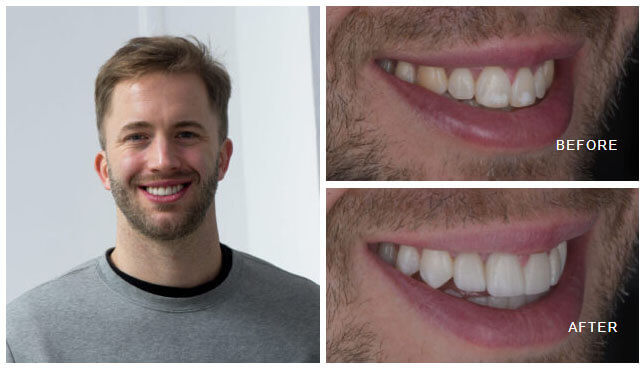
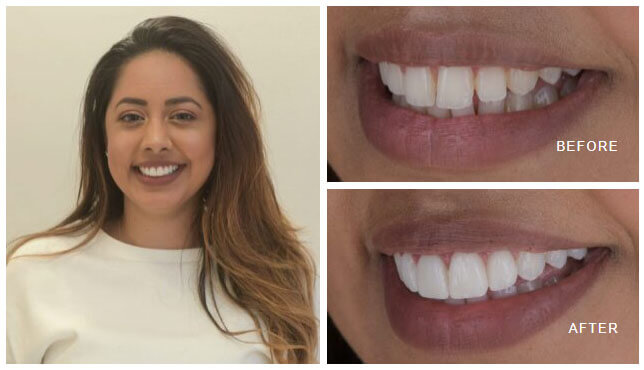
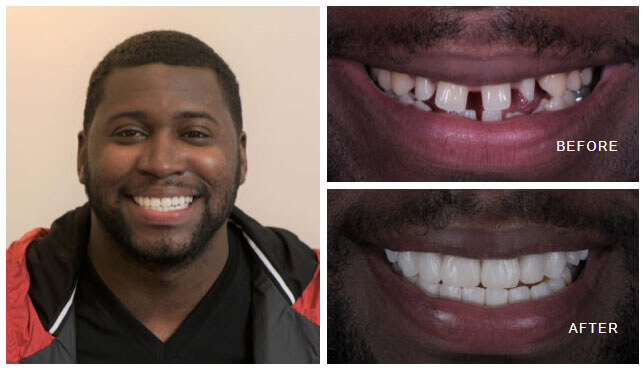
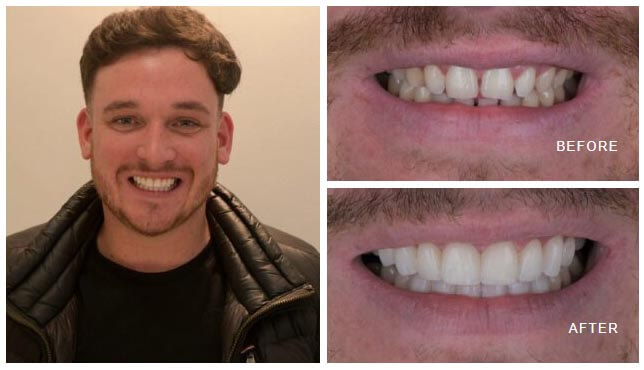
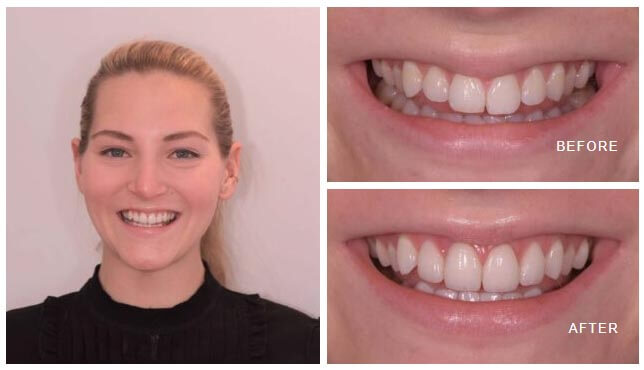


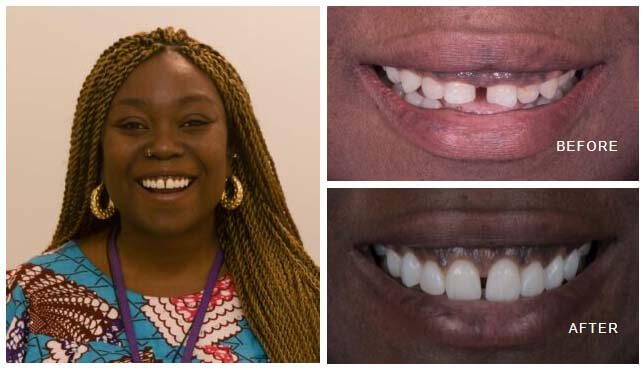


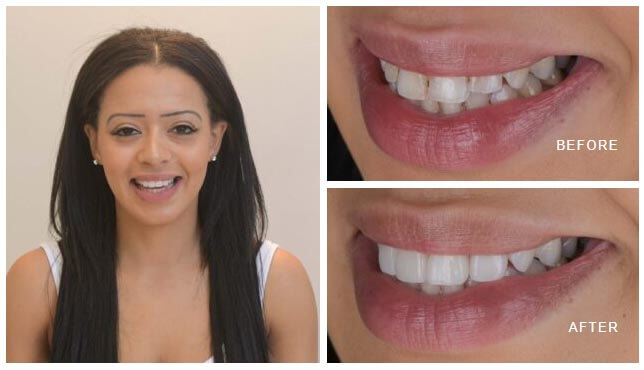
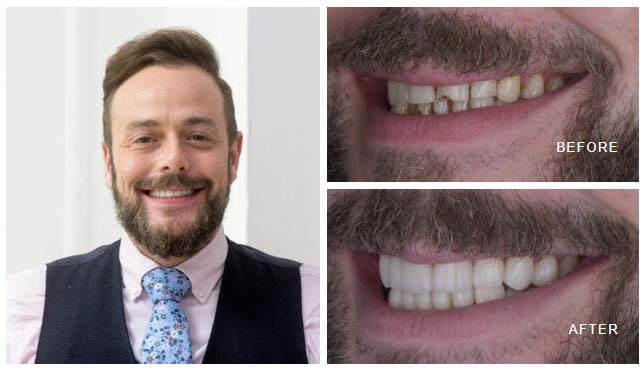
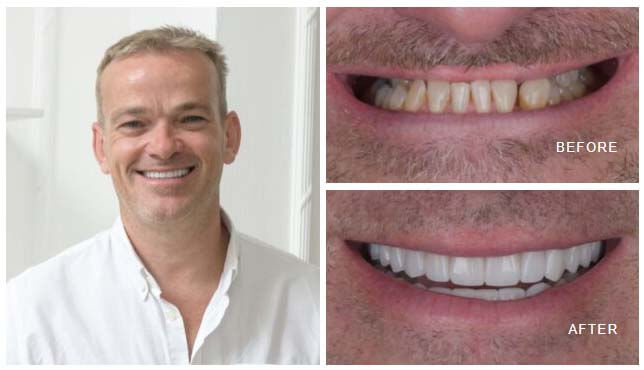
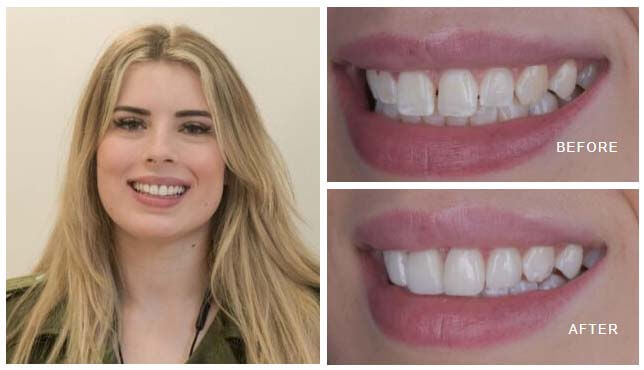
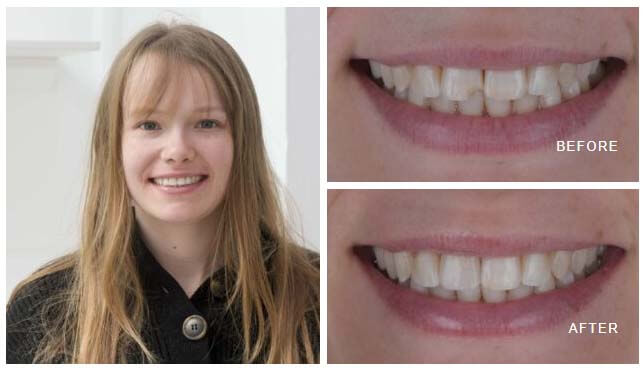
Replacing Porcelain and Ceramics
There are two hallmark signs to look out for that mark your porcelain is coming to the end of its life.
- Firstly, the surface polish of the ceramic will fade. This can make your veneers appear as if they have more of a matt or satin finish instead of the desired gloss that our teeth should have.
- Secondly, the edge where the ceramic meets the tooth near the gum can begin to discolour and show signs of age.
Before considering replacement veneers, there are procedures that can prolong the life of aging veneers. This can include re-surfacing the discoloured edges, repolishing the edges and surfaces to extend their life. We will advise whether it is a sensible option for you.
Once you have decided to replace your porcelain veneers entirely, the steps involved are similar to having veneers for the first time. The difference comes with removing the current/old ceramic. This is a specialised process, which requires us to work under magnification with extreme attention to detail and steady hands.
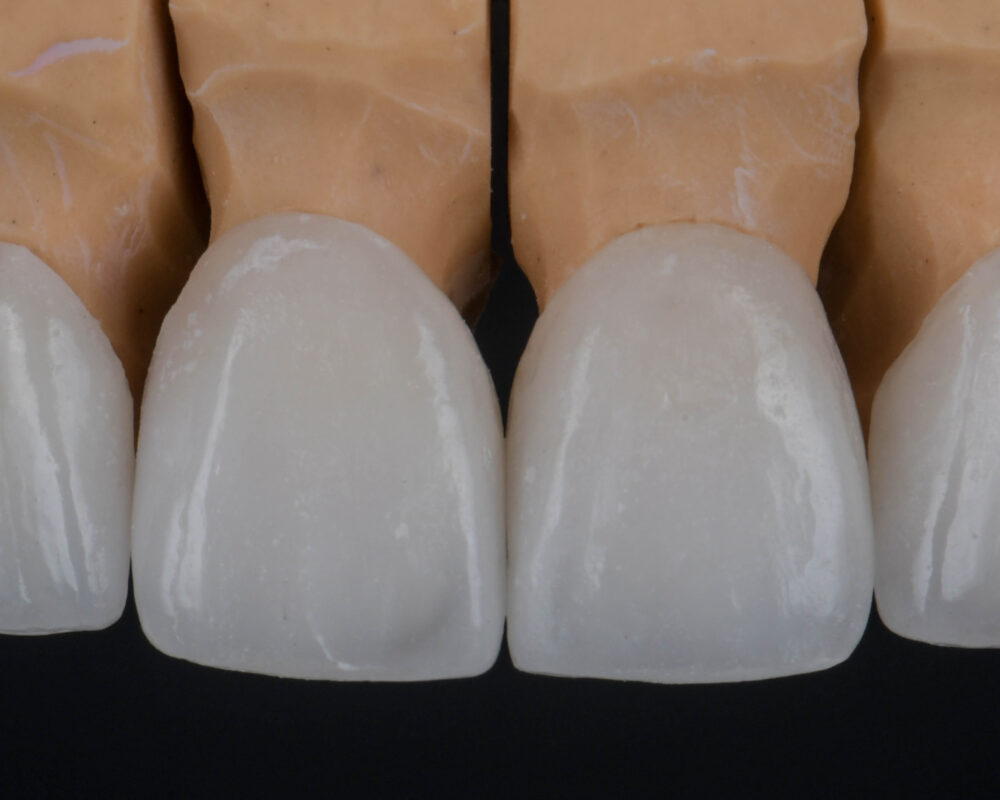
The method involves stripping back the layers of porcelain in a way that does not damage the natural tooth underneath. There is a heightened risk to the nerve of a tooth each time it is veneered or worked on. Depending on how the veneers are removed, this can dramatically increase or decrease the risk of complications.
It is generally accepted that replacement veneers ought to be performed by an experienced cosmetic dentist who routinely removes ceramic. Many general and family dentists do not do this routinely and/or do not have the necessary equipment to do so.
The positive outlook is that in many cases veneers can be replaced up to five times before the tooth requires something more supportive, such as a crown. When you change your veneers, you will be able to make improvements to the shape and colour – just describe this when discussing your requirements. Often, we find people may choose especially bright colours earlier in life when they first have veneers and in the second set the colour preferred is a little less bright and more natural. Whichever way you decide to go, it is a personal choice for you to make!




